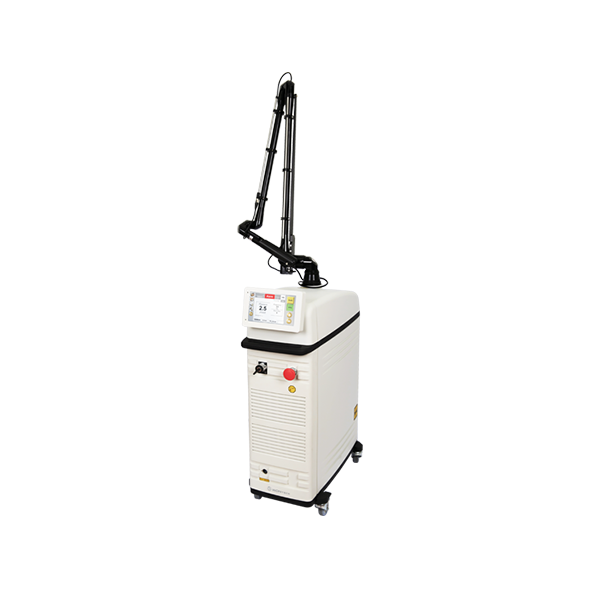Tattoos have fascinated mankind from all cultures and strata of society for centuries. From the ancient Egyptian, Greek, and Roman cultures to the modern society we have today, skin markings have been used to enhance beauty, demonstrate uniqueness, signify belonging, and sometimes to identify, shame, or punish. It has been estimated that up to a quarter of young to middle-aged adults in the United States have at least one tattoo. Results from an online survey group, Harris Interactive, reported a rise in US adult tattoo prevalence from 16% in 2003 to 21% in 2012. As more tattoos are being acquired, increasing numbers of people are also seeking their removal. The American Society of Dermatologic Surgery reported carrying out 100,000 tattoo removal procedures in 2011, up from 86,000 in 2010. Motivation for tattoo removal includes new jobs or careers, the need to portray a certain image at work or in new social circles, and new, negative feelings towards old tattoos. Unfortunately, the removal of tattoos is generally more costly and time consuming than acquiring them
TYPES OF TATTOOS
Tattoos are created by the introduction of exogenous pigment into the dermal skin layer and can be placed with intent, or be the result of accidents and trauma. Tattoos can broadly be divided into professional, amateur, cosmetic, traumatic, or medical tattoos. Professional tattoos are applied with a tattoo machine into the deeper layer of the dermis, and are applied to be permanent in nature. They generally require repeated treatments to remove. Amateur tattoos are usually smaller, lighter in color and applied more superficially using handheld needles or homemade machines, which render them easier to remove. Cosmetic tattoos are often referred to as permanent makeup, and are increasingly popular. Permanent eyeliners, eyebrows, and lip liners are commonly applied using the process of micro pigmentation to save time and enhance facial features. However, the inks used often contains pigments that are red, brown, white, or flesh colored; inks containing titanium dioxide and iron oxide are difficult to remove. Traumatic tattoos are deposited in the skin following abrasion, laceration, or explosive injuries. Such pressurized penetration of dark particles into the deep dermis gives rise to black or blue tattoos, depending on the depth of the pigment. Tattoos have also been used in the field of medicine, from corneal tattooing, radiotherapy field marking, to medical alert tattoos, where tattoos etched into the skin replaces medical alert jewelry for the purpose of alerting medical personnel during emergency situations.
Tattoo removal has been performed with various tools since the start of tattooing. While tattoos are generally considered permanent, it is now possible to remove them with treatments, fully or partially.
What is dorrehsanat suggestion?
TRI-BEAM
COSJET ATR

